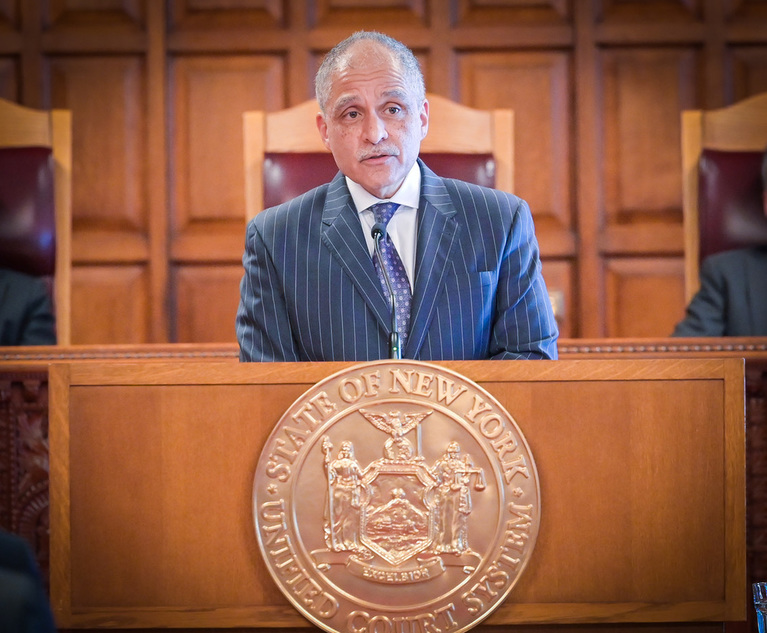During the COVID-19 pandemic, Governor Andrew M. Cuomo has issued, and continues to issue, a series of executive orders (65 in total so far), that have suspended procedural deadlines, including the statute of limitations. Various articles have been written that describe these executive orders as a toll of the statute of limitations for court proceedings (see Thomas A. Moore and Matthew Gaier, Medical Malpractice, Toll on Statute of Limitations During the COVID-19 Emergency, NYLJ, June 1, 2020; Patrick M. Connors, New York Practice, The COVID-19 Toll: Time Periods And the Courts During Pandemic, NYLJ, July 17, 2020). However, there is an important legal distinction between a “toll” and a “suspension.”
While a toll stops the running of the limitation period, with a tacked-on time period, a suspension of the statute of limitations would provide for a grace period until the conclusion of the last suspension directive in the latest executive order, a significantly shorter time period. Since no court has yet weighed in on whether these executive orders constitute a toll, these authors may have unwittingly set a trap for the unwary. This article examines the controlling statute and applicable caselaw and concludes that the executive orders should be considered a suspension and not a toll.







